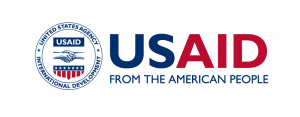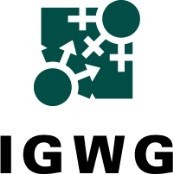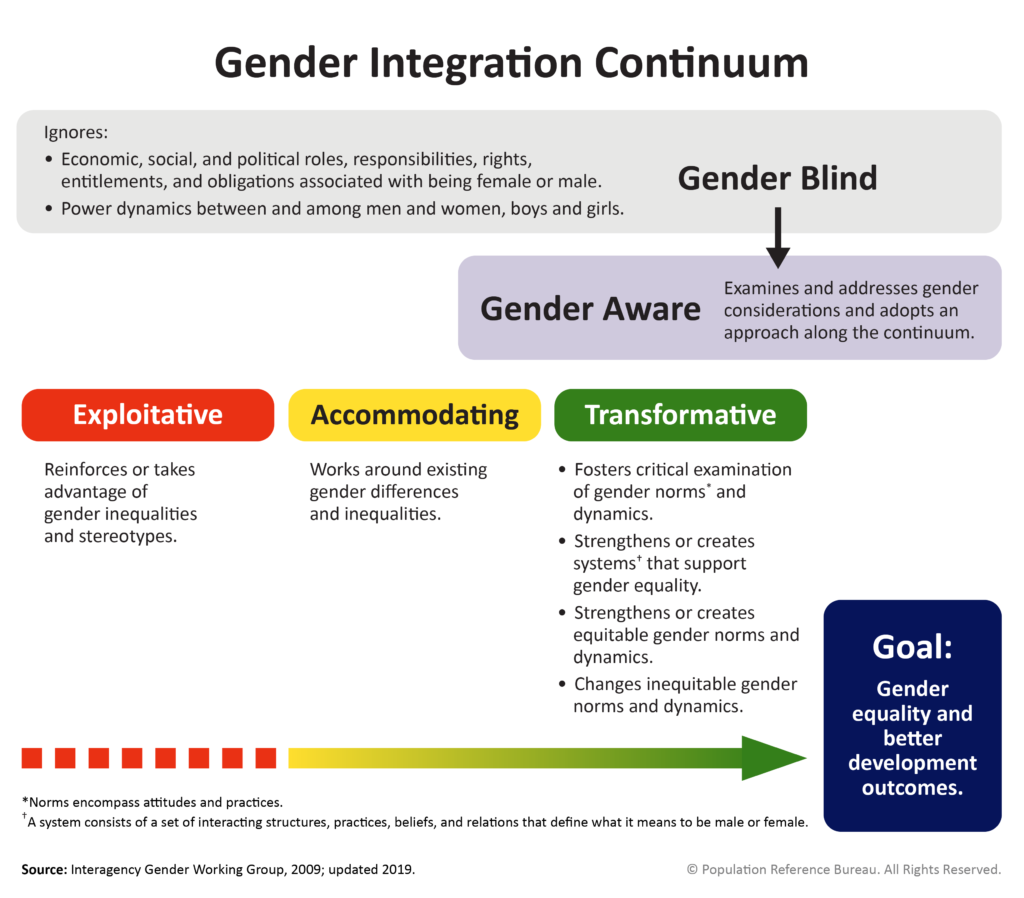On Aug. 31, 2022, the Interagency Gender Working Group’s (IGWG) Gender-Based Violence Task Force hosted “Exploring the Impact of Reproductive Coercion on Sexual and Reproductive Health Outcomes.” This event focused on the connections between reproductive coercion, intimate partner violence, and domestic violence, as well as highlighting reproductive coercion’s impacts on sexual and reproductive health (SRH) outcomes, particularly in family planning.
The event served as a forum for stakeholder dialogue and featured examples of program and advocacy approaches addressing reproductive coercion that have been successfully integrated into SRH programs. Panelists also shared considerations for funders, particularly around the roles they can play to strengthen commitments to prioritize and address reproductive coercion.
This meeting report shares key takeaways from the event, focusing on program implementation challenges and emerging issues in reproductive coercion, as well as promising practices for addressing reproductive coercion. The report also offers recommendations for program implementers, researchers, and governments, donors, and multi-lateral institutions that emerged from the discussion.




